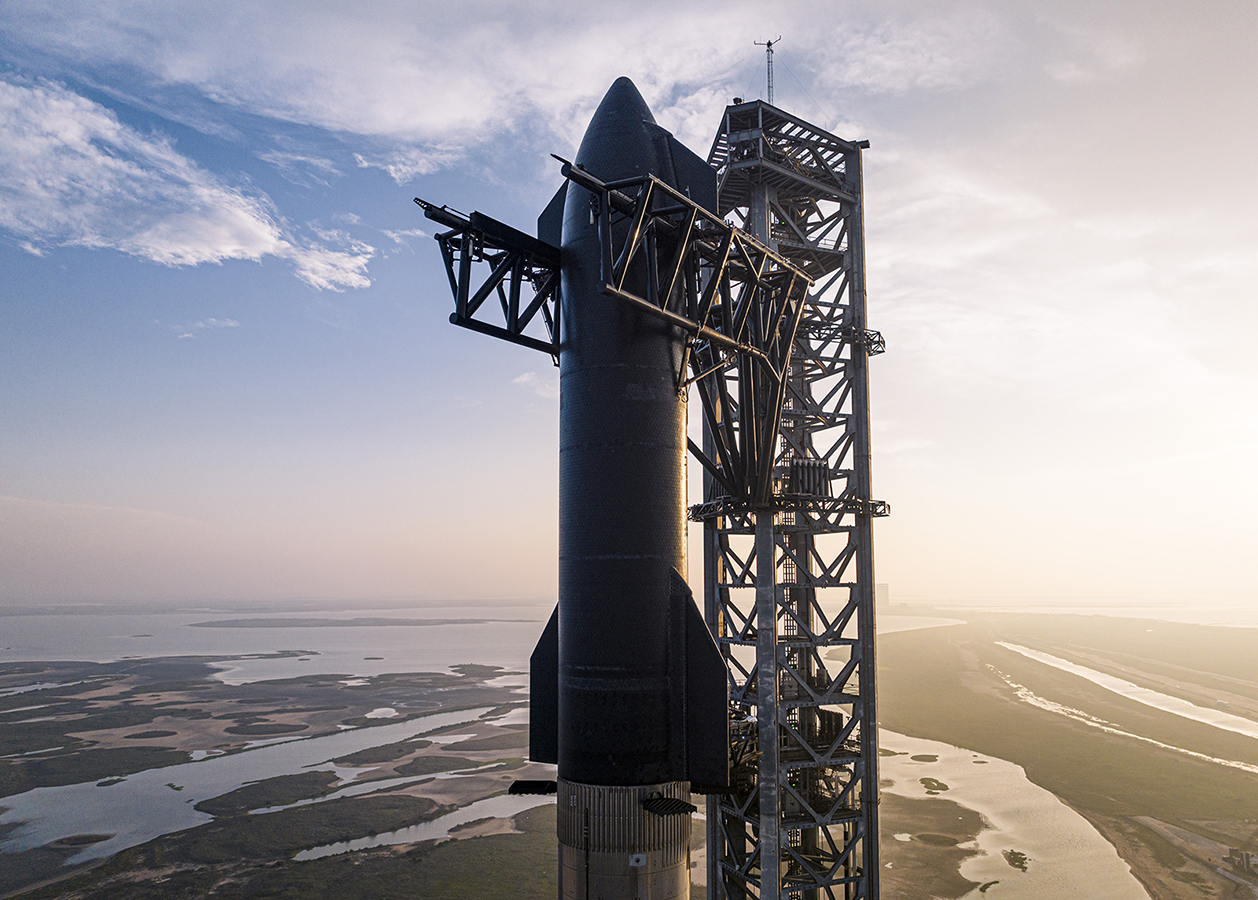Stay Up to Date
Submit your email address to receive the latest industry and Aerospace America news.
The Space Transportation Technical Committee works to foster continuous improvements to civil, commercial and military launch vehicles.
Space transportation this year is set to surpass the record 186 orbital launches conducted in 2022, which broke the previous record of 146 in 2021. Driving the industry was SpaceX’s Falcon 9 fleet, which surpassed 2022’s record-breaking launch total with its 62nd launch in September. SpaceX averaged a Falcon launch every four days through that month.
In July, NASA completed a hot fire test of a modified Aerojet Rocketdyne RS-25 engine at NASA’s Stennis Space Center in Mississippi in preparation for future Artemis missions. The Artemis moon program kicked off in November 2022 when a Space Launch System rocket lofted an unoccupied Orion spacecraft to orbit for a loop around the moon.
The Falcon 9 continued to be SpaceX’s workhorse launcher. The 200th launch was conducted in February, and a booster was reflown a record 18th time in November. In July, a Falcon Heavy launched Jupiter-3 from NASA’s Kennedy Space Center in Florida, the heaviest commercial geostationary satellite ever built. In November, SpaceX performed the second flight test of a Starship spacecraft and Super Heavy booster from its Texas facility. As planned, Super Heavy and Starship separated via an updated hot-staging technique. Shortly after separation, Super Heavy exploded while Starship proceeded on for some seconds but was lost. FAA announced that SpaceX would conduct a “mishap” investigation. During the truncated April attempt, control was lost shortly after liftoff and the vehicle was destroyed.
In June, United Launch Alliance of Colorado launched the penultimate flight of the Delta IV Heavy. The final flight is planned for 2024. As of November, ULA planned to conduct the inaugural launch of its Vulcan-Centaur rocket on Christmas Eve, after a structural failure in the second stage during a March pressure test prompted additional testing.
Crew and cargo delivery to the International Space Station continued with the final launch of Northrop Grumman’s Antares 230+ rocket in August, two crew rotations aboard SpaceX Falcon 9 rockets and Crew Dragon spacecraft in March and August, and the private Axiom-2 mission in May that sent private citizens to the station.
In January, California-based Rocket Lab conducted the first launch of an Electron from Virginia. In August, the company reused a previously flown Rutherford engine on its 40th mission.
In March, Relativity Space of California launched its first 3D-printed, methane-fueled Terran 1 rocket from Cape Canaveral, Florida. After an issue with the second stage, the launcher failed to reach orbit, and the company announced it was canceling future Terran 1 launches to develop the larger Terran R rocket.
The RS1 launcher from ABL Space Systems of California failed to reach orbit in its first launch attempt from Alaska in January.
California-based Virgin Galactic returned to crewed suborbital flights in May after a nearly two-year absence, and the company began commercial operations in June. As of November, Virgin had conducted five commercial flights in its VSS Unity spaceplane with government astronauts and private tourists.
The global space industry also saw several achievements. India became the fourth nation to land a spacecraft on the moon with its Chandrayaan-3 mission. In July, a Launch Vehicle Mark-3 launched a lander with its rover, which touched down near the moon’s south pole in August. In China, Space Pioneer for the first time launched its Tianlong-2 in March, and LandSpace’s Zhuque-2 methane-fueled rocket reached orbit in July. China averaged one launch per week during the first half of the year. In July, Arianespace launched the last Ariane 5 from French Guiana in July, making way for the Ariane 6, which is scheduled to debut in 2024.
Stay Up to Date
Submit your email address to receive the latest industry and Aerospace America news.




